The General Aviation Manufacturers Association (GAMA) joined Airlines For Europe (A4E); Aerospace, Security and Defence Industries Association of Europe (ASD); and the Aerospace Industries Association (AIA) in welcoming the call for enhanced alignment between the U.S. and the European Union (EU) for aviation policy and regulation. The groups have expressed support for improved coordination on safety and innovation priorities cited during the 2024 FAA-EASA (European Aviation Safety Agency) International Safety Conference.
GAMA said in a statement, “It is more critical than ever that the EU and the U.S. ensure a coordinated approach with these priorities in mind.” The GAMA statement noted the existing EU-U.S. bilateral aviation safety agreement (BASA) as an important component in pressing for collective priorities. These include ensuring “the highest level of aviation safety, with clear and consistent standards, a high level of trust in products, and solid information sharing processes.”
GAMA wrote: “At a time where supply chains are stretched and demand remains high, the EU-U.S. aviation industry would welcome more certainty around the timeline of these processes. This would in turn support operators’ fleet management both in the U.S. and the EU and improve the competitiveness of our respective aviation sectors.”
The groups collectively believe that ongoing efforts between the FAA and EASA are an important step toward laying the groundwork for a modernized and harmonized system that can improve cooperative air traffic management systems (ATMs), not only for today’s products and technology, but also for the future. “We welcome building on this foundation through SESAR [Single European Sky ATM Research] and Nextgen [in the U.S.],” GAMA wrote.


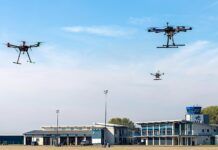

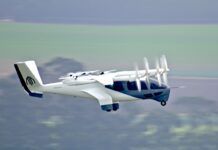
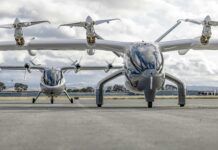



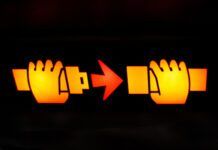



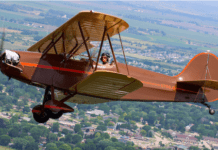

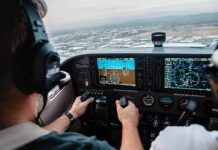

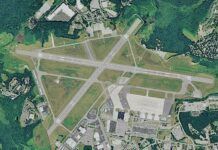
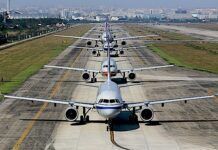







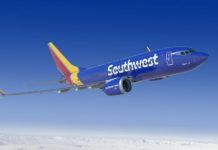






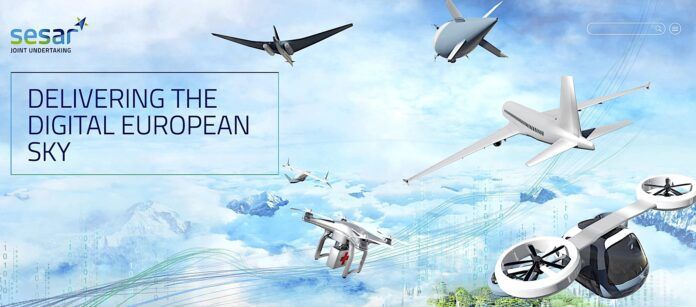

That’s really nice. I wonder what’s driving this new found enlightenment.
Let the European authorities coordinate with the FAA. If we did things like EASA does, what is left of US general aviation will be gone forever!
Most of the restrictive GA policies are not from EASA but local country rules on fuel tax, maintenance and airport usage.
A lot of “what’s new in GA” came from EASA and not the FAA in recent years. Look at all the new clean sheet aircraft coming from Tecnam or high performance slightly heavier LSA type craft from Germany, Hungary, Czech Republic.
If it was not for EASA’s bilateral certified aircraft regs for manufacturing, we won’t have seen either the FAA Part 23 rewrite or the forthcoming MOASIC rules. Has anyone compared Airbus to Boeing lately? EASA is more a model than a threat. Agree with concerns to key an eye on any GA changes.
This is the last thing we need here. Considering how they have mostly killed off GA in Europe due to their “safety” regulations, it will do the same here.
No thank you!
We already have high standards in the industry.
Best I can tell is that “safety” is impacted when people fail, not parts.
The answer is staring at us right in front of our faces.
It’s all about DEI. Safety is no longer the priority, DEI is.
I can’t believe it took me this long to figure it out.
Europe effectively has no GA. Between the price of fuel and all of the “user fees” it is a hobby and not a viable method of transportation. The last thing the US needs or wants is to follow the EU lead in aviation. Compared to the GA fleet in the US , European GA is barely a blip on the radar.
Europe needs to learn from the US, not the other way around.
GA in Europe is not only a joke. It is, indeed, something that looks like an nonexistent thing, barely supported by the very wealthy people, that, nonetheless, doesn’t have s minimum free option of flying. Every flight must be a “controlled flight”. No landing (and, of couse, take offs) allowed outside airports. The requests for flying are so, so, complicated and hard to get, that months (I’m not exaggerating) pass without being in the possession of pilots or aircraft owners (if, ever, they get them). Is that what 2024 FAA-EASA International Safety Conference wants to “import” from Europe?